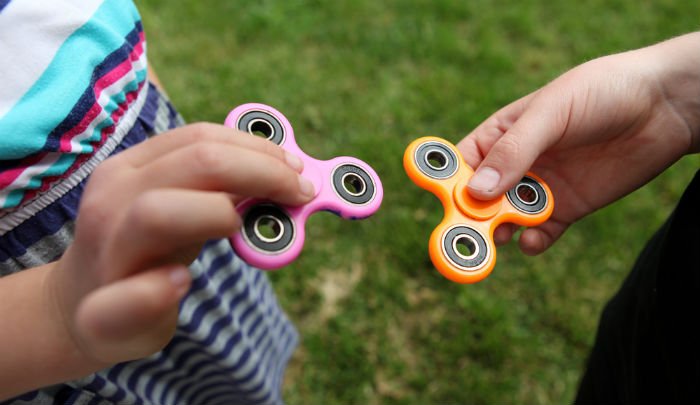Life often presents us with situations that feel overwhelming, uncertain, or confusing. During these moments, guidance that is both compassionate and practical can provide clarity and strength. It goes beyond general predictions, offering encouragement and actionable guidance tailored to your…
From Fidget to Focus – Unleashing the Potential of ADHD-Friendly Toys
In a world that often demands unwavering attention and focus, individuals with ADHD face unique challenges in navigating daily tasks and activities. However, the introduction of ADHD-friendly toys has emerged as a promising avenue to help channel restless energy into productive engagement, ultimately fostering improved concentration and enhanced cognitive skills. These toys, designed with the specific needs of individuals with attention deficit hyperactivity disorder ADHD in mind, provide a multisensory experience that not only captures attention but also helps regulate emotions and impulses. One of the key features of ADHD-friendly toys is their ability to serve as effective fidget tools. Fidgeting is a common behavior among individuals with ADHD, as it can help alleviate restlessness and improve concentration by providing a physical outlet for excess energy. Fidget spinners, stress balls, and textured surfaces are just a few examples of toys that cater to this need.

By allowing individuals to engage in purposeful fidgeting, these toys help redirect the excess energy that might otherwise lead to distractions and disruptions. The tactile feedback provided by these toys creates a sensory experience that can be both calming and stimulating, depending on the individual’s preferences. Furthermore, ADHD-friendly toys often incorporate elements of mindfulness and sensory integration. Calming toys, such as stress-relief putty or sensory sand, offer a therapeutic experience that promotes relaxation and focus. These toys provide a tangible way for individuals with ADHD to manage stress and anxiety, which are often heightened in this population. The incorporation of various textures, colors, and shapes in these toys engages multiple senses, encouraging a holistic approach to sensory regulation. Additionally, sensory integration toys, such as balance boards or textured mats, contribute to improved spatial awareness and body coordination, addressing some of the motor challenges commonly associated with ADHD. Beyond addressing immediate sensory needs, ADHD-friendly toys also play a role in promoting cognitive development.
Educational toys that cater to the specific learning styles of individuals with Fidget toys for ADHD can enhance engagement and retention of information. Games that encourage strategic thinking, problem-solving, and creativity provide an interactive learning experience that aligns with the diverse cognitive profiles of those with ADHD. By making learning enjoyable and interactive, these toys contribute to the development of essential skills while fostering a positive attitude towards education. In conclusion, the evolution of ADHD-friendly toys represents a significant step towards understanding and supporting the unique needs of individuals with ADHD. These toys not only serve as effective tools for managing restlessness and improving focus but also contribute to overall well-being by addressing emotional and cognitive aspects of ADHD. As society continues to recognize and embrace neurodiversity, the role of ADHD-friendly toys in unlocking the potential of individuals with ADHD becomes increasingly significant, offering a pathway from fidgeting to focused achievement.

